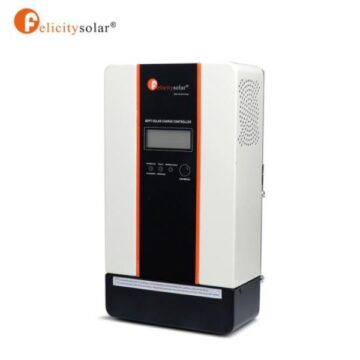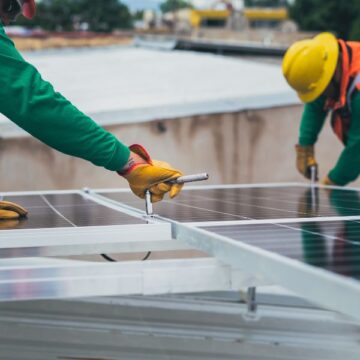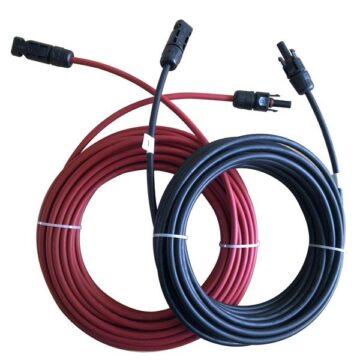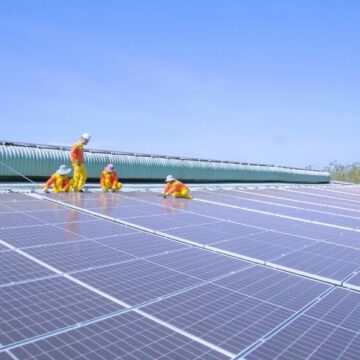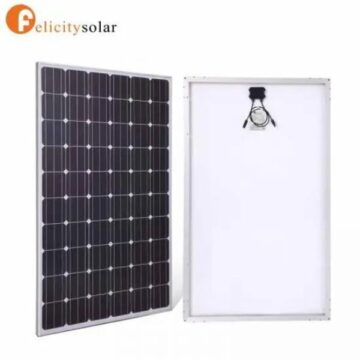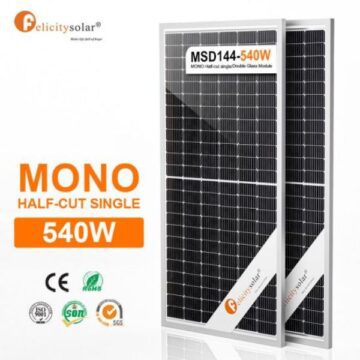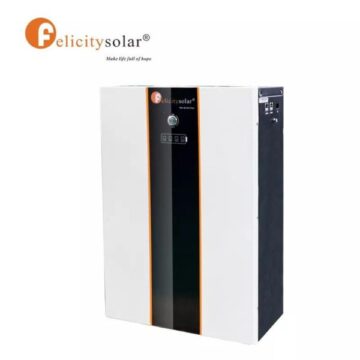Switching to solar energy is an exciting step toward a more sustainable future, and properly scaling your solar power system is important to ensure its effectiveness and efficiency. Size Your Solar Power System in Kenya is covered in this article which will help you through the steps of correctly sizing a solar power system for your house or business in Kenya. In Kenya, an undersized solar power system will mean you are not able to appreciate how useful solar power systems are. An oversized solar power system would appear to be expensive and thus discourage most people. At Happy Solar Systems we design solar power systems to accommodate your power needs and also take care of your budget. Reach us today at 0741 163020 or Email: info@happysolar.co.ke
The following is how to properly size your solar power system and a guide to most homeowners in understanding quotations provided and their power needs.
Step 1: Assess Your Energy Consumption
Begin by evaluating your energy consumption patterns. Review your electricity bills to determine your average monthly and daily energy usage in kilowatt-hours (kWh). Consider seasonal variations in energy consumption as well.
Step 2: Understand Solar Potential in Kenya
Kenya receives abundant sunlight throughout the year, making it an excellent location for solar energy generation. To assess solar potential, consider factors such as the number of peak sunlight hours per day, shading, and the orientation and tilt of your roof.
Step 3: Calculate Your Solar Power System Size
To calculate the solar power system size you need, divide your daily energy consumption (in kWh) by the average daily sunlight hours in Kenya (approximately 5-6 hours on average). This will give you the system size in kilowatts (kW). Since solar panels are typically sold in wattage, convert kW to watts by multiplying by 1,000.
System Size (kW) = Daily Energy Consumption (kWh) / Average Daily Sunlight Hours System Size (W) = System Size (kW) * 1,000
Step 4: Consider Panel Efficiency and Climate in Kenya while sizing your solar power system in Kenya
Take into account the efficiency of solar panels, typically ranging from 15-22%. Adjust your system size to compensate for panel efficiency and consider the climate in Kenya, as it may affect solar panel performance.
Step 5: Factor in Inverter and System Losses
Incorporate the efficiency of the inverter and account for system losses due to wiring, shading, and other components. Inverters typically operate at 90-95% efficiency, so adjust your system size to accommodate these losses.
Step 6: Evaluate the Need for Battery Storage
If you desire energy storage for use during non-sunlight hours or power outages, consider integrating a battery storage system into your solar power setup. Determine the required battery capacity based on your energy storage needs.
Step 7: Seek Guidance from a Solar Professional
Consult with a solar professional or installer in Kenya to conduct a thorough system sizing assessment. They can provide valuable insights, consider specific regional factors, and offer a precise solar power system recommendation based on your energy requirements and location.
Conclusion on how to size your solar power system in Kenya
Sizing your solar power system in Kenya involves careful consideration of your energy consumption, solar potential, panel efficiency, and system losses. By accurately calculating the system size and seeking expert advice, you can design an efficient solar power system that aligns with Kenya’s abundant sunlight, contributing to a sustainable and energy-independent future.

